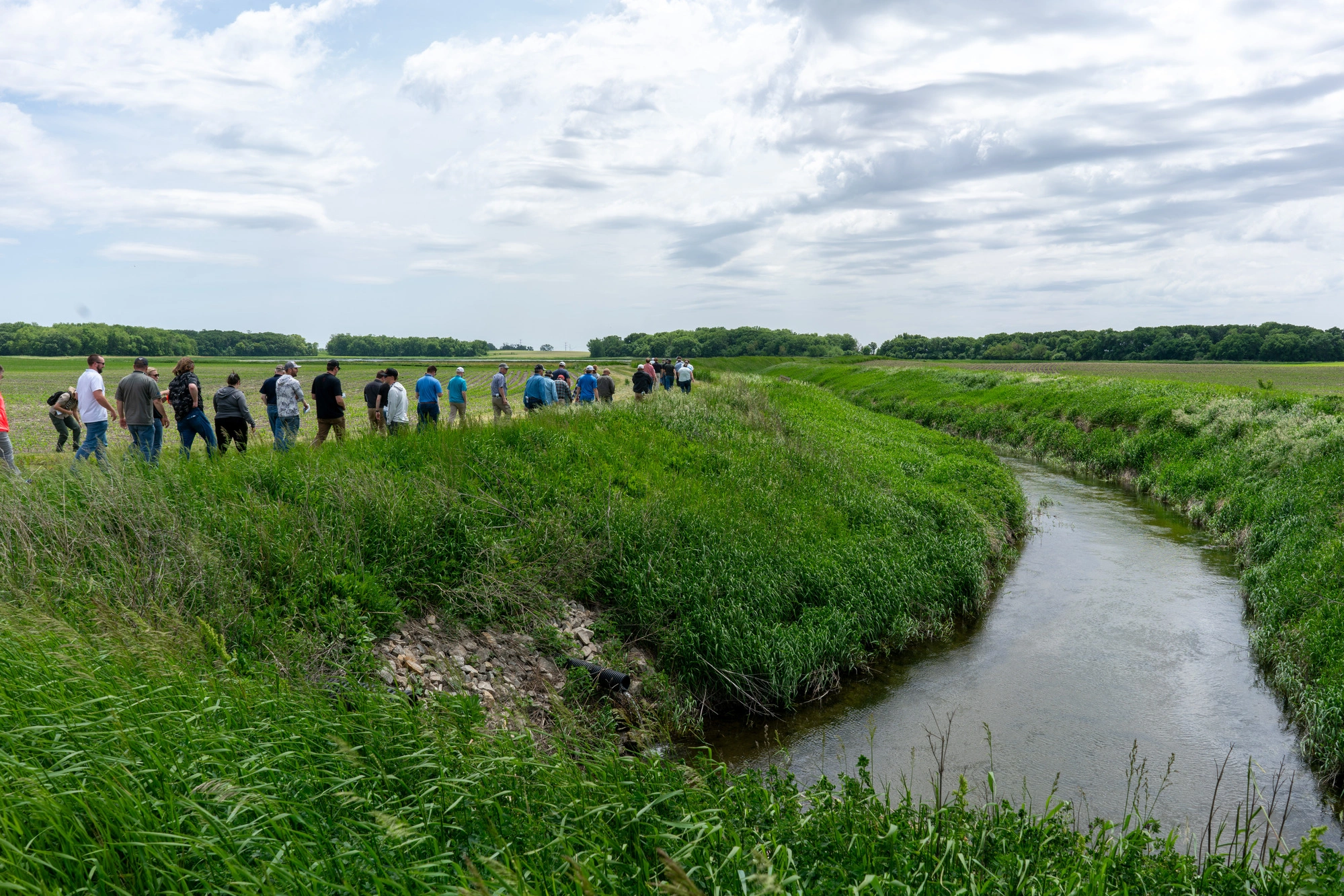Boost Your High-Speed Internet Services: Five Steps to Prepare for Fiber to the Home (FTTH) Funding
Is your internet company seeking to expand its high-speed services through Fiber to the Home (FTTH) funding? With 21.3 million Americans—6.5 percent of the population—lacking access to broadband, expanding your services is more crucial than ever in closing the digital divide. While securing funding can be a game-changer, the process is considered by many to be daunting and complex.
With an earned expertise in guiding clients through funding requirements and other challenges, ISG has successfully worked with programs like Broadband Equity, Access, and Deployment (BEAD), Rural Development Opportunity Fund, and many more. Our FTTH grant experts identified these steps to help you prepare effectively and increase your likelihood of success.
Step 1 – Source Funding Programs + Qualifications
Before diving into the application process, it's crucial to understand the available funding programs and their qualifications. Different grants have varying requirements and geographic restrictions. Verify if your targeted deployment area falls under the grant’s coverage and meets all qualification criteria. Check out available broadband funding here.

Step 2 – Engage Partners Early
Involving key FTTH partners like ISG, early in the process isa worthwhile investment. ISG can help evaluate your high-level plan, review applications, and identify the most suitable funding options. Our expertise ensures your application is robust and comprehensive.
Key Actions
- Schedule consultations with potential partners
- Collaborate on application preparation and strategic planning
Step 3 – Understand Requirements + Compliance
Before investing time and resources, it’s essential to understand the specific requirements of the grants. This includes environmental studies, necessary approvals, and compliance with standards like the National Environmental Policy Act (NEPA).
Key Actions
- Conduct a detailed review of environmental and regulatory requirements
- Assess potential delays and compliance costs
Step 4 – Strategic Plan Deployment
A clear deployment strategy is vital to secure eligible funding. This involves understanding risks related to pole attachments, permits, andother logistical challenges. ISG’s expertise can guide you through these complexities.
Key Actions
- Provide risk assessment for pole attachments and permits
- Create detailed project timeline and milestone planning
- Partner with experienced professionals to mitigate risks
Step 5 – Evaluate Financials + Expansion Plans
Carefully evaluate the financial implications, including design, construction, and maintenance costs. Consider the return on investment (ROI) and potential for future expansions.
Key Actions
- Develop a comprehensive budget
- Analyze long-term ROI
- Plan for potential expansions and additional funding needs
Ready to secure funding for your FTTH project? Contact ISG today for expert guidance and support. Our team is here to help you every step of the way, from application to deployment. Don’t miss out on the opportunity to enhance your services and expand your network with the right funding.
Check out some funding programs that can help you deliver broadband services below! Let’s work together to close the digital divide.
Related Articles

.webp)
ISG Recognized as a 2025–26 Emerging Professional Friendly Firm for the Fourth Consecutive Cycle
ISG has been honored as a 2025–26 Emerging Professional Friendly Firm by AIA chapters in North Dakota, South Dakota, Wisconsin, and Minnesota in recognition of its commitment to fair compensation, licensure support, mentorship, and growth for early-career architects.













